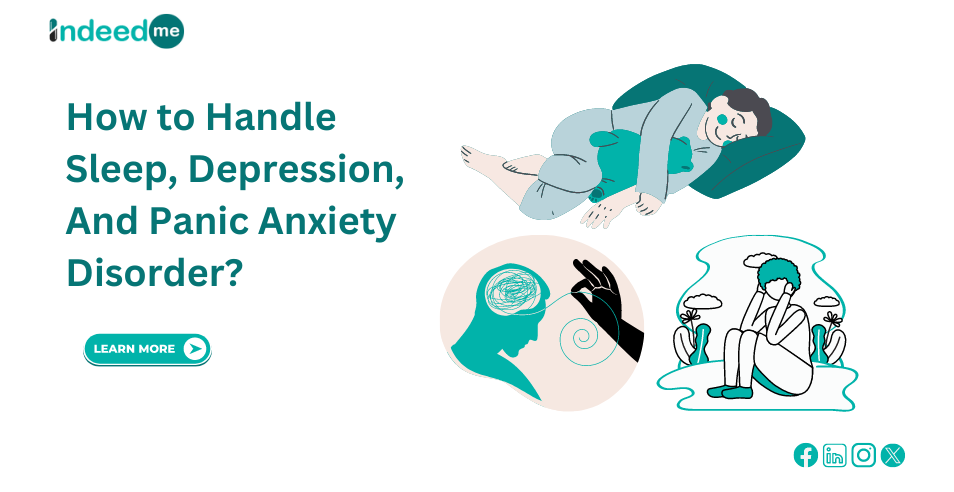
Sleep, depression, and panic anxiety disorder are three of the most common mental health conditions that affect people of all ages. They can significantly impact a person’s quality of life and overall health. Sleep is the body’s natural way of restoring and repairing itself, as well as providing a state of rest. Without adequate sleep, concentrating, focusing, and being productive can be difficult. Poor sleep can also lead to feelings of irritability, fatigue, and depression.
Depression is a cognitive health disorder characterized by persistent sadness, hopelessness, and worthlessness. It can interfere with a person’s ability to function and lead a normal life and can even cause physical symptoms. It is often treated with medication and therapy and lifestyle changes such as regular exercise and healthy eating habits.
Panic anxiety disorder is an anxiety disorder characterized by intense, recurring episodes of fear, worry, and physical symptoms. It is often treated with cognitive-behavioral therapy, medication, and lifestyle changes such as relaxation techniques and regular exercise. These three conditions can have a significant impact on a person’s life. It is vital to seek professional help if you or someone you know is experiencing any of these conditions. The proper treatment makes it possible to manage the symptoms and lead a healthy, productive life.
Types of Panic Disorders:
Panic disorders are a type of anxiety disorder that causes unexpected and repeated episodes of intense fear. These episodes can last from a few minutes to several hours and have physical and psychological symptoms, including rapid heart rate, chest pain, and fear of losing control or dying. People with panic disorders may also experience feelings of terror, trouble breathing, and dizziness.
There are several types of panic disorders, including panic disorder with agoraphobia, panic disorder without agoraphobia, and specific phobia-related panic disorder.
Panic Disorder With Agoraphobia:
This type of panic disorder is characterized by recurrent panic attacks and the fear of leaving home’s safety or a familiar environment. People with this disorder may be afraid of being in places where they feel they are unable to escape or find help if they experience a panic attack.
Panic Disorder Without Agoraphobia:
Recurrent, unexpected panic attacks characterize this type of panic disorder without fear of leaving home’s safety or a familiar environment. People with this disorder may feel fear and apprehension about the possibility of having a panic attack but do not have the same fear of being in unfamiliar environments as those with panic disorder with agoraphobia.
How to Handle Panic Anxiety Disorder?
The best way to handle panic anxiety disorder is to focus on managing the symptoms. This can include cognitive behavioral therapy, relaxation techniques, and lifestyle changes.
Cognitive behavioral therapy (CBT) is a type of psychotherapy that focuses on changing negative thought patterns, which can help to reduce anxiety. This type of therapy also helps to identify and challenge fear-producing beliefs and to replace them with more helpful and realistic thoughts.
Relaxation techniques can be very helpful in managing anxiety symptoms. This includes breathing exercises, progressive muscle relaxation, mindfulness meditation, and visualization.
Lifestyle changes can also help manage panic anxiety disorder. This includes getting adequate sleep, eating a healthy diet, and regularly exercising. It is also essential to reduce stress and to seek professional help when needed.
The most important thing to remember when dealing with a panic anxiety disorder is that managing the symptoms and leading a healthy life is possible. With the proper treatment and lifestyle changes, it is possible to reduce the frequency and intensity of panic attacks.
Types of Medicine for Anxiety Disorders:
Selective Serotonin Reuptake Inhibitors (SSRIs):
SSRIs are the most generally prescribed medications for anxiety disorders. These drugs work by blocking the reuptake of serotonin, a natural brain chemical associated with mood regulation.
SSRIs are generally considered safe and effective and are usually prescribed as the first line of treatment for anxiety disorder. Examples of SSRIs include citalopram (Celexa), escitalopram (Lexapro), fluoxetine (Prozac), paroxetine (Paxil), and sertraline (Zoloft).
Serotonin-Norepinephrine Reuptake Inhibitors (SNRIs):
SNRIs are similar to SSRIs in that they are used to treat anxiety disorder, but they work by blocking the reuptake of both serotonin and norepinephrine, another natural brain chemical.
SNRIs are considered safe and effective and may be prescribed for individuals not responding to SSRIs. Examples of SNRIs include duloxetine (Cymbalta), venlafaxine (Effexor), and desvenlafaxine (Pristiq).
Benzodiazepines:
Benzodiazepines are a class of medications that are used to treat anxiety disorders. These drugs work by affecting the brain’s GABA receptors, which are involved in regulating the body’s response to stress.
Benzodiazepines are generally considered safe and effective, but they can be addictive and may cause drowsiness, so they are usually prescribed for short-term use only. Examples of benzodiazepines include Alprazolam (Xanax), Clonazepam (Klonopin), Diazepam (Valium), and Lorazepam (Ativan).
Tricyclic Antidepressants:
Tricyclic antidepressants are medications that are used to treat depression and anxiety disorders. These drugs work by blocking the reuptake of certain neurotransmitters, including serotonin and norepinephrine.
Tricyclic antidepressants are generally considered safe and effective. Still, they can have some unpleasant side effects, so they are usually prescribed as a second or third line of treatment for anxiety disorder. Examples of tricyclic antidepressants include amitriptyline (Elavil), imipramine (Tofranil), and nortriptyline (Pamelor).

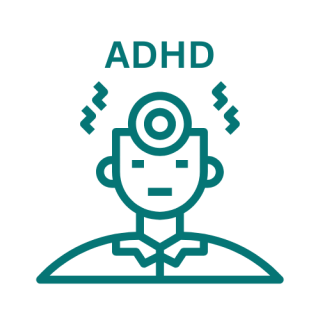
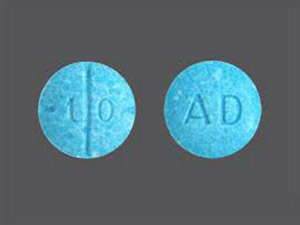




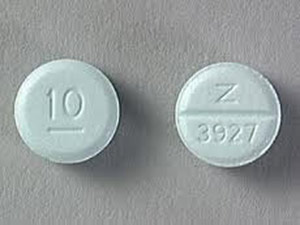
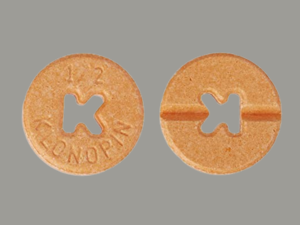
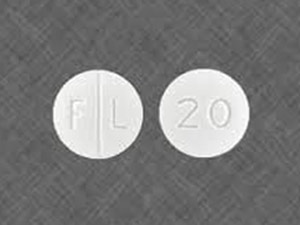

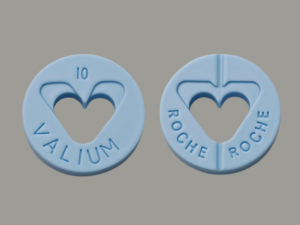
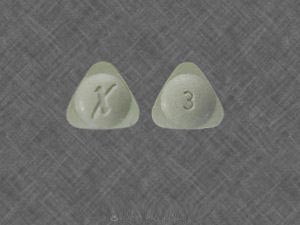

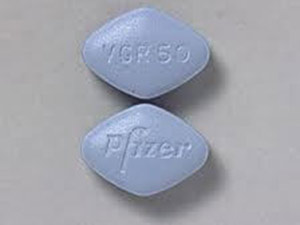

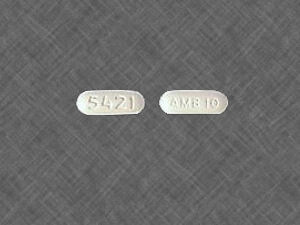
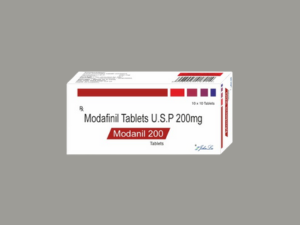

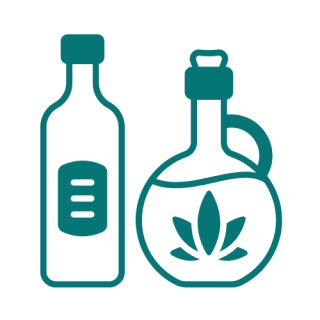

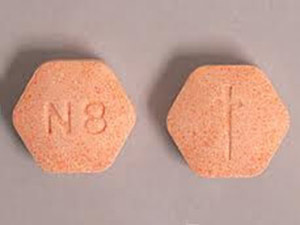

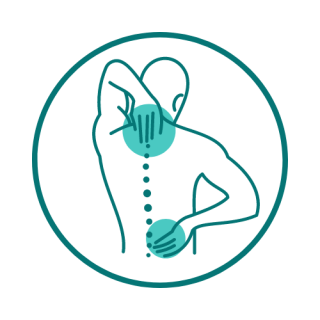

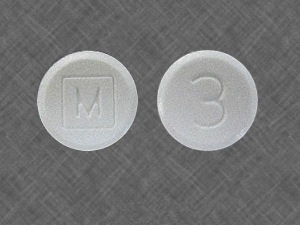


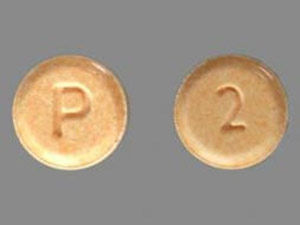
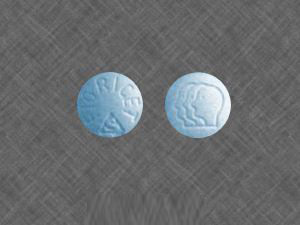


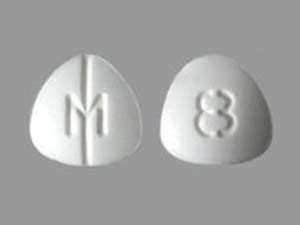

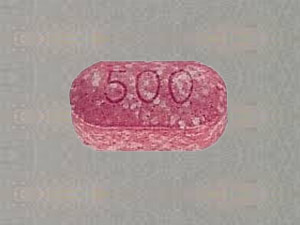
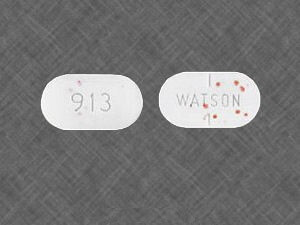
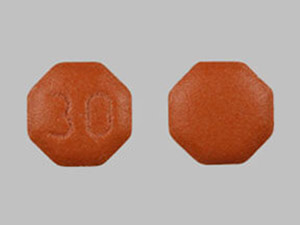
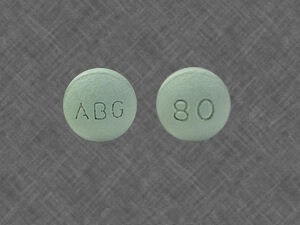





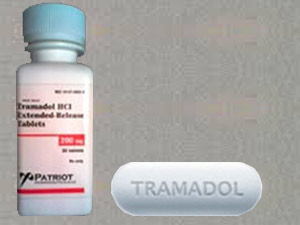



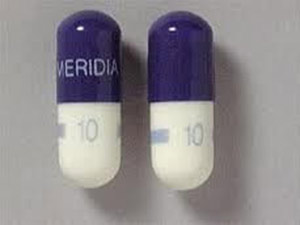

Leave a Reply